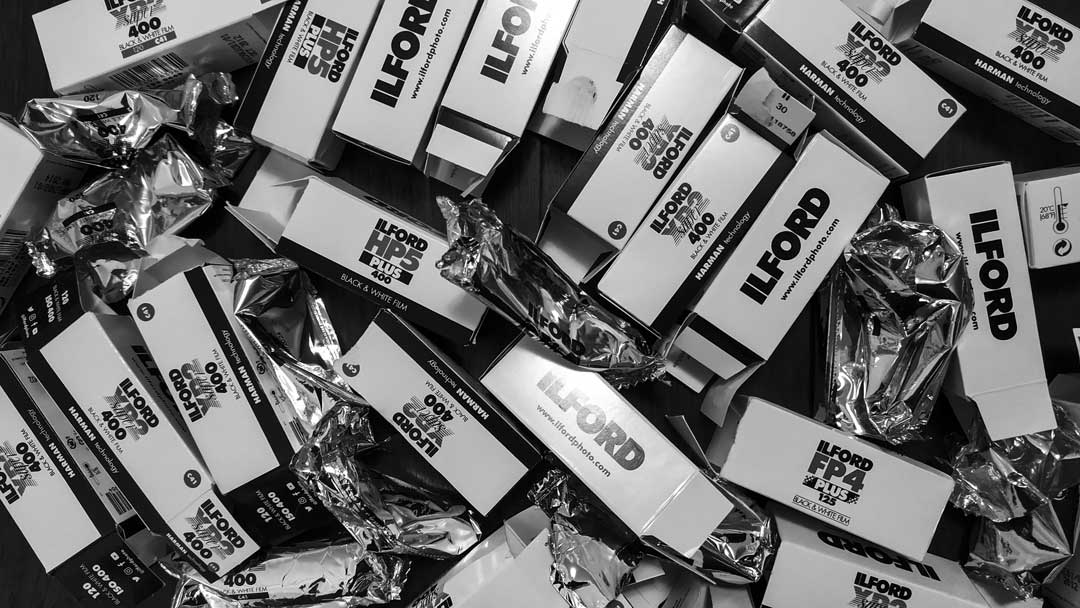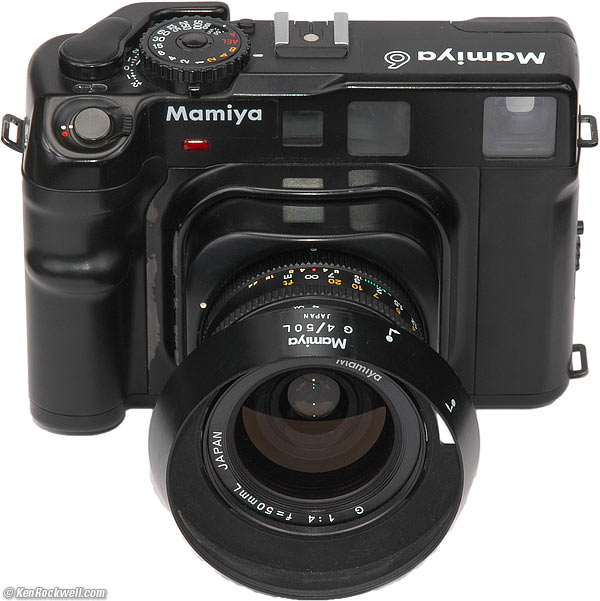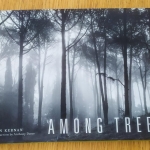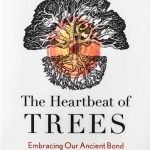Film v Digital
The film v digital debate has been going on since the early days of digital. More so when full frame digital cameras appeared, and now offer so many pixels from their sensors. While the film can produce impressive levels of detail, it’s generally accepted that high-end digital cameras with larger sensors and higher megapixel counts offer greater resolution capabilities.
I’ve been using digital cameras for the best part of 25 years, although I must admit my early experiments with a Sony Mavica 0.3MB and 3.5 inch floppy disk storage weren’t very good compared with the 35mm film that I was using at the time. However, since my first purchase of a full frame DSLR, a Canon 5D, my commercial and personal work has been with digital. Mostly this is down to convenience and then of course cost. From time to time I’ve used up a couple of rolls of colour film, negative and positive and even more rarely a roll of Ilford FP4 or HP5 black and white film. That said, I collect film cameras when I see a good one at a fair price, so have a number of 35mm and medium format options.
So when I first started taking photographs of the ancient trees at Brampton Bryan, I took my trusty Nikon D810 with a few lenses and snapped away, despite the poor weather and lighting conditions last February. I have to say that these trips weren’t successful nor satisfying. It just wasn’t working, whichever lens or picture style I used. Then, as the conditions improved for photography, the results were equally underwhelming. Artist Richard Gilbert who introduced me to the location suggested that I try black and white. First I converted some of my digital colour images into black and white, then on returning to Brampton Bryan I set the camera up to shoot in black and white (with a RAW version as a back up). The results were an improvement and I enjoyed looking at the world in monochrome again as I had when I first started taking photography seriously in the late 1970’s. However something was still not quite right with the resulting images.
So I ‘hedged my bets’ and took along a couple 35mm film cameras as well as my DSLR, which was interesting as I found I used the film cameras a lot more than the digital. The results were a huge improvement in terms of expression, but not perhaps in quality.
The step change happened when I dusted off my old Mamiya 6 medium format rangefinder and popped some Fuji Neopan chromogenic film in it. The results were startling to me. The square format seemed so natural for taking photos of individual and groups of trees, although a novelty at first, it became the only way to look at these subjects. I found a local lab, which means I can drop my films in and get the negs and some high resolution scans back within the week. I made some proof prints on my inkjet printer and saw the direction that I needed to go in terms of medium and equipment.
This camera is so light and compact, lighter than my DSLR even with one prime lens, and because the lens retracts it is narrow enough to fit into a small bag. Although I have two other lenses, a 75mm and 150mm I found that I don’t use them, so they stay at home. Focusing using the rangefinder is rarely needed for my subject, I use it to check close and far focus occasionally, but rely on hyperfocal distance focusing using the lens scale and make the most of small apertures, despite using this camera without a tripod.
So this is where I am now, a Mamiya 6 with 50mm lens, a light meter, yellow, orange, red and green filters and plenty of 120 monochrome film.
Read what Ken Rockwell says about the Mamiya 6 and 50mm, 75mm and 150mm lenses.




